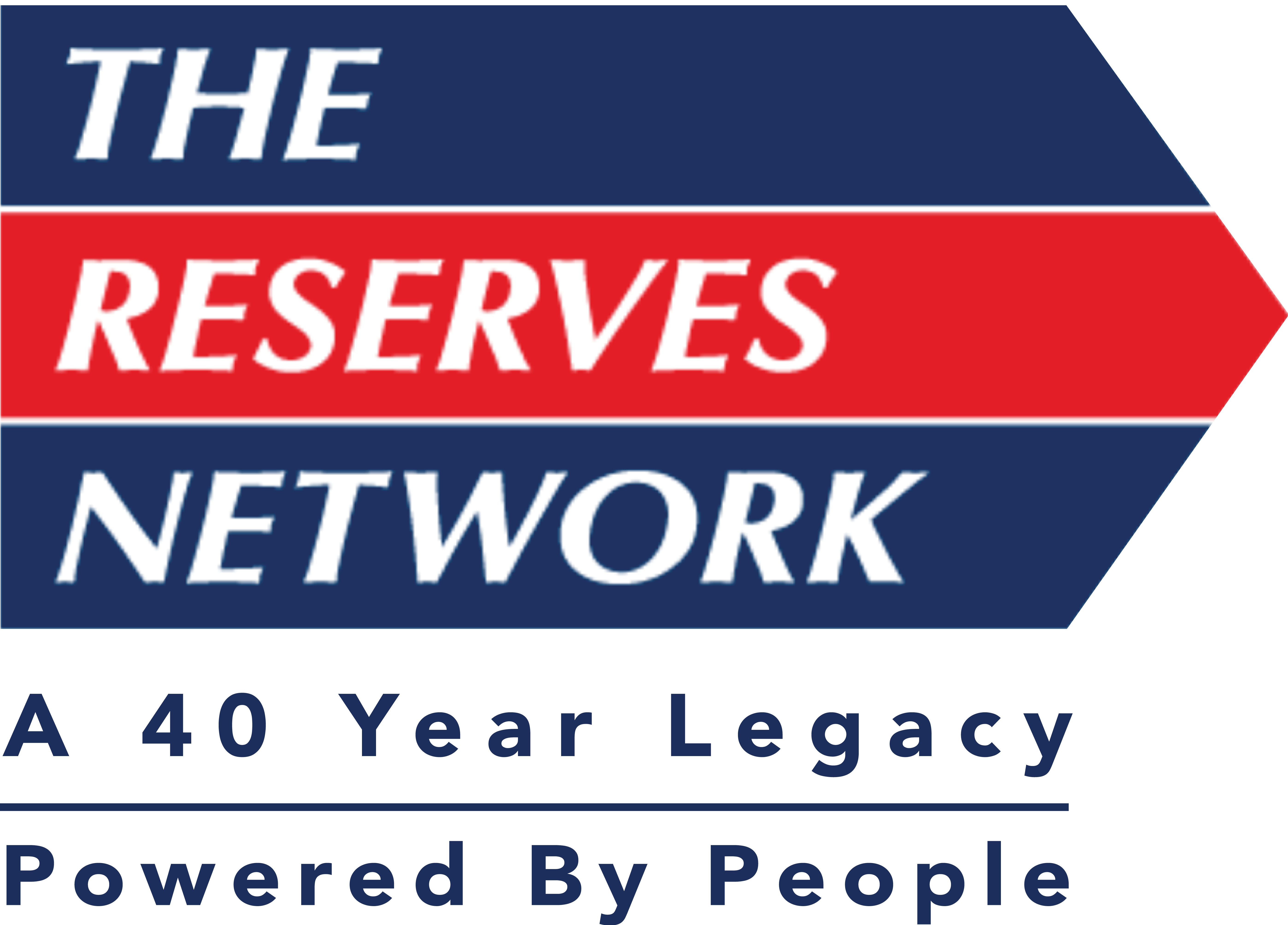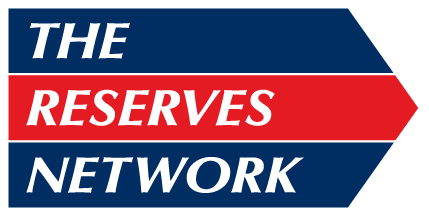The Hidden Cost of Staffing Vacancies for Your Business
Have you ever considered the true, hidden cost of staffing vacancies for your business? It isn’t just the absence of an employee – it’s a complex mix of direct costs, lost revenue, and both tangible and intangible expenses.
Let’s dive into the often overlooked world of calculating staffing vacancy costs.
Understanding Direct and Indirect Costs
Imagine a business encountering the challenges of staffing. The most visible part is the direct costs. These are the expenses directly associated with filling a vacancy, such as advertising for the position, the time spent by human resources on applications and interviews, and the onboarding process for new hires. It’s a straightforward calculation, but just the starting point.
Beneath the obvious expenses are the soft costs, which can be substantial. These include the less tangible (but equally important) expenses related to a vacancy: lost productivity as other staff members take on additional duties, potential errors or delays due to these extra responsibilities, and the impact on employee morale. Soft costs are elusive; they require careful analysis and deep understanding of your organization’s workflow to quantify effectively.
The Impact of Lost Revenue and Overworked Employees
Every vacancy sends shockwaves through an organization. Key projects might get delayed, leading to lost revenue—a direct hit to your financial health. Also, spare a thought for your remaining staff, who are now shouldering extra work. This can lead to longer hours, increased stress, and potentially lower morale. This overburden can create a chain reaction, possibly leading to more vacancies.
How Your Organization Can Effectively Manage the Cost of Staffing Vacancies
Streamline the Recruitment Process
Evaluate your current recruitment process. Is it efficient? Are there steps that can be streamlined or removed? Remember, time is money, especially in filling vacancies.
Invest in Employee Retention
Retaining a good employee is often more cost-effective than hiring a new one. Focus on your company culture, employee engagement, and satisfaction. Small investments in these areas can reduce turnover.
Leverage Data
Use data on your hiring process, turnover rates, and employee satisfaction. This information can guide informed decisions and spotlight areas for improvement.
Focus on Quality
Rushing to fill a vacancy might be tempting, but consider the long-term costs of a poor hire. Prioritizing quality in hiring can save money over time.
In-House vs. Outsourcing
Deciding whether to manage recruitment internally or outsource to a staffing agency is crucial. Each option has its costs and benefits, and the right choice depends on your specific situation.
The Final Calculation
To calculate these costs, start with the direct costs—your hard numbers. Then, estimate the soft costs, considering the impact on productivity, additional workload on staff, and any project delays. Lastly, factor in the potential lost revenue. It’s not a precise science, but this comprehensive approach offers a clearer financial picture.
Addressing the Challenges of Staffing Vacancies
The cost of a vacancy in staffing is a multifaceted issue that extends beyond simple number crunching. It involves understanding the dynamics of your business, the market, and the human element in your organization. By adopting a holistic approach and being proactive in your staffing strategies, you can mitigate these costs and guide your company towards a more successful future.
Understanding and managing the cost of staffing vacancies is a critical aspect of strategic business management. With the right strategies and insights, your organization can navigate these challenges effectively, maintaining a balance between efficiency, employee satisfaction, and profitability.



